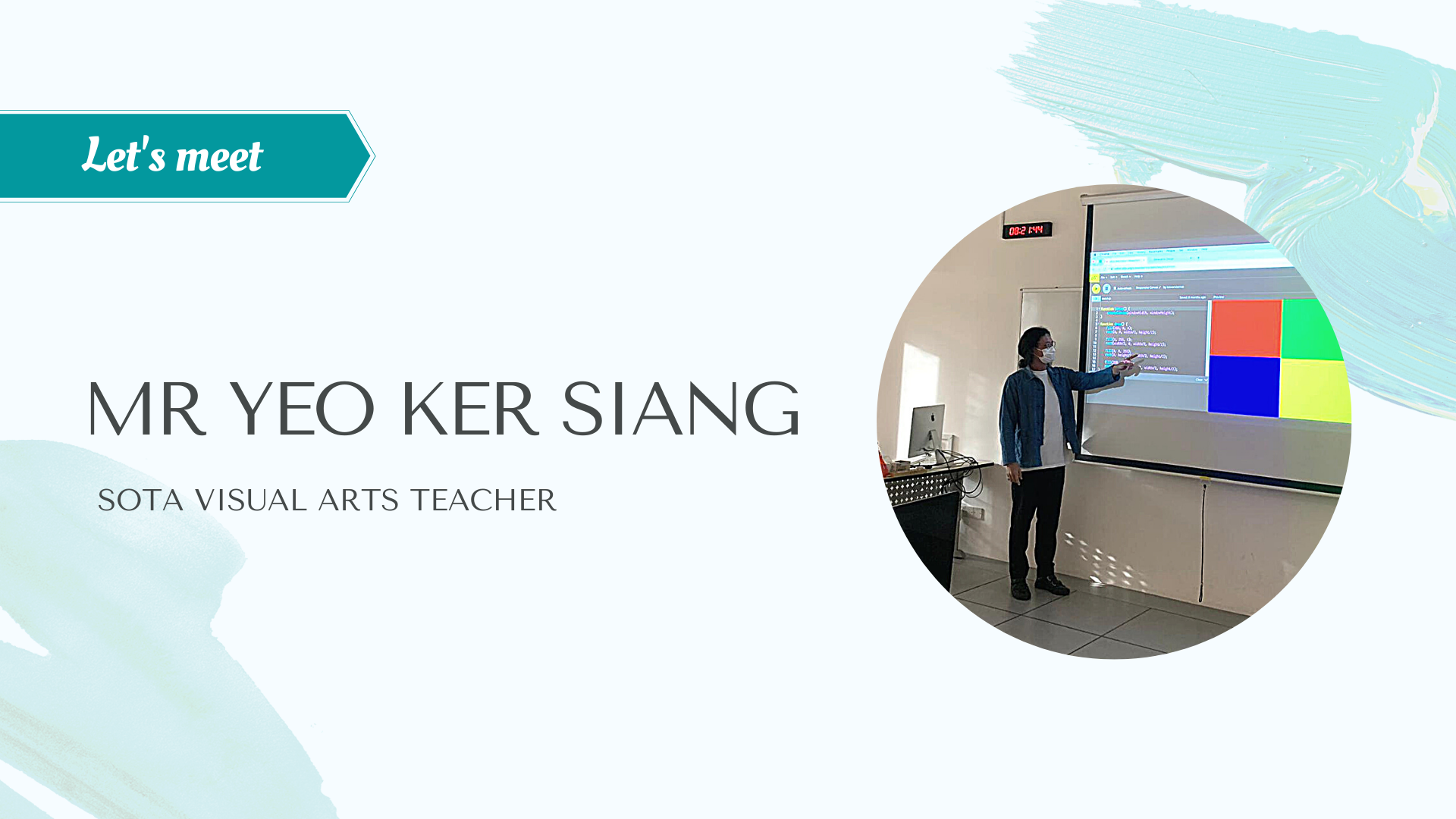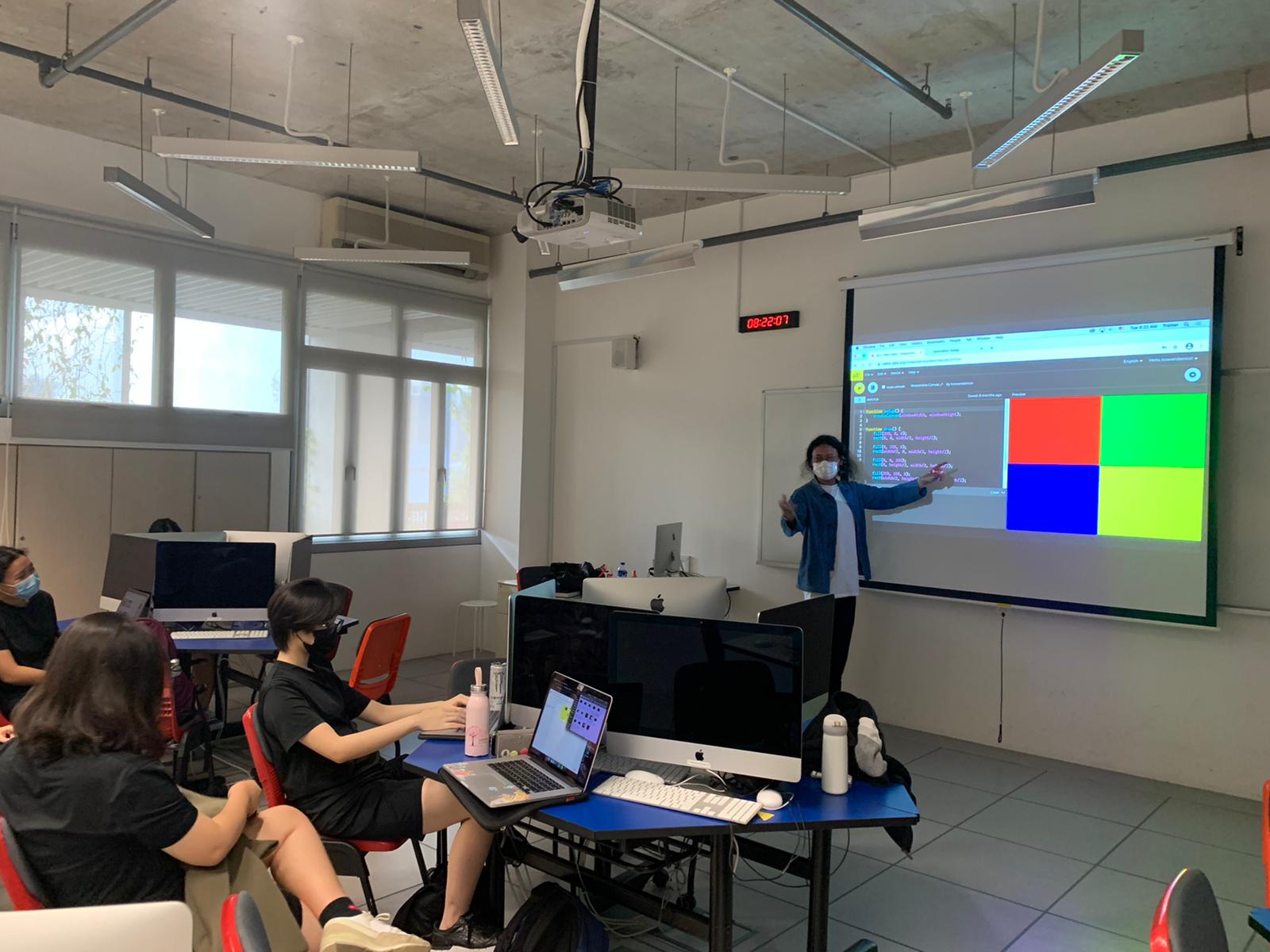
Many of our arts teachers are practising artists who offer students insights into the creative inspirations and perspectives of real-life arts practitioners. Mr Yeo Ker Siang from the SOTA Visual Arts faculty continues to refine his artistic practice outside of SOTA. In 2019, his work, Resonance was picked as one of the winning pieces of URA's design competition, Re:Bench. In this interview, we find out more about his educational and artistic philosophy.
Share about yourself and your work in SOTA.
My name is Ker Siang, and I teach interactive art and design in the Visual Arts faculty. I am also concerned with imbuing the students with a culture of making and experimentation.
What do you enjoy about teaching in SOTA?
SOTA students have the unique combination of academic ability and artistic sensibility, which allows room for societal discourse to emerge from their work.
How do you make your classes meaningful for your students?
By directing students to make things that contributes to society. By highlighting their learning’s significance to society.

Many of your lessons revolve around art and technology. How are some of our students leveraging technology in the arts? Share an interesting lesson that the students have worked on.
The students are taught to see first and foremost, that they are merely Visual Art students that happen to use technology as a medium. Technology is a dirty word, especially in the realm of arts and culture. It is easy to see technological tools as lacking in authenticity and the human spirit. However, the moment rocks were discovered as tools millions of years ago (very recent in relative scale), humans already became highly-technological beings. The students have to know that they are not going to be software developers or some ‘electronics or mechanical experts’. Technology and design in the arts is therefore utilised as an approach to cultivate the mindset and the knowledge-seeking skill set that will enable them to interrogate the future.
In programming classes, for example, we teach the students to see the language as a dialect of English, where there’s unconventional syntax, structure and semantics. Essentially, the students learn to see themselves as writing an instructional story with unconventional English. This ‘story’ is a vehicle for all the types of content that we consume daily on our electronic devices, which helps them to see their work being inextricably linked to people and society.
When do you feel proudest of your students?
When the students can say that they have done it all by themselves.
We know that you’re an active arts practitioner outside of SOTA. Tell us more about what influences your artistic practice.
As a designer, I am interested in the irrational aspects of values and culture. I find it amusing that we are in an absurd system of justified beliefs and structures, perpetuated by make-believe products, objects and intangible values. But it is also this strange system that enriches our world, giving us plenty of meaning and enjoyment. I am constantly investigating this strange-ness as a way to explore making new make-believe stuff (to design new values and new systems, essentially) that we can’t seem to live without.